In 1832 Prince Maximilian of Wied-Neuwied, with young Swiss draftsman Karl Bodmer and hunter-taxidermist David Dreidoppel, embarked on a scientific expedition to study the flora, fauna, and native peoples of western North America. In 1833, they left St. Louis on the steamboat Yellow Stone owned by the American Fur Company and began their journey up the Missouri River. At Fort Pierre in what is now South Dakota, they changed to the steamboat Assiniboine which took them to Fort Union on the Montana-North Dakota border. From here they went by keelboat (a human-powered craft) to Fort McKenzie.
Prince Maximillian was fascinated by Native American culture and they spent a month in the area. At Fort McKenzie, Maximilian met Bear Chief, a Blackfoot chief, who was introduced to him as a man who had never traded with Hudson’s Bay Company. Maximilian writes of the Blackfoot:
“They are always dangerous to white men who are hunting singly in the mountains, especially to beaver hunters, and kill them whenever they fall into their hands; hence the armed troops of the traders keep up a constant war with them.”
Prince Maximilian produced a book of his scientific observations made during the trip and an atlas of 81 lithographic prints done under the supervision of Karl Bodmer. A number of Bodmer’s prints are on display in the Bodmer Gallery in Old Fort Benton in Fort Benton, Montana. According to the display:
“Exploration on the Upper Missouri by Prince Maximilian of Wied-Neuweid and artist Karl Bodmer provided a vivid description of Native American life along the Missouri River corridor before the Anglo-European culture had much effect. Bodmer’s precise attention to detail and his lithographs of individual pieces of clothing, weapons, tools and ceremonial regalia leave an image to accompany the details found in the Prince’s journals.”
Bodmer’s works are considered one of the definitive works on Native Americans. They are today considered as the most accurate accounts of the Plains people before their ways were changed by the arrival of the Euro-Americans. Photographs of some of these prints are shown below.
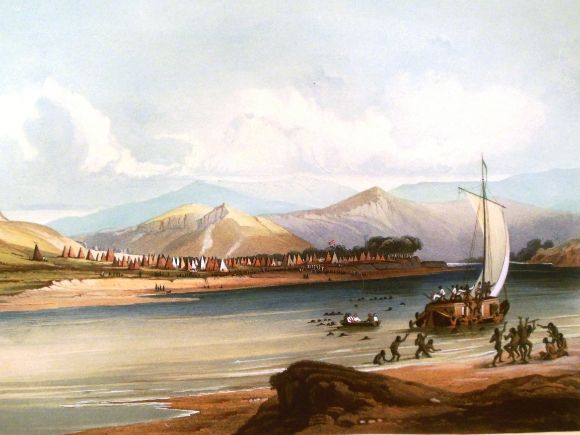
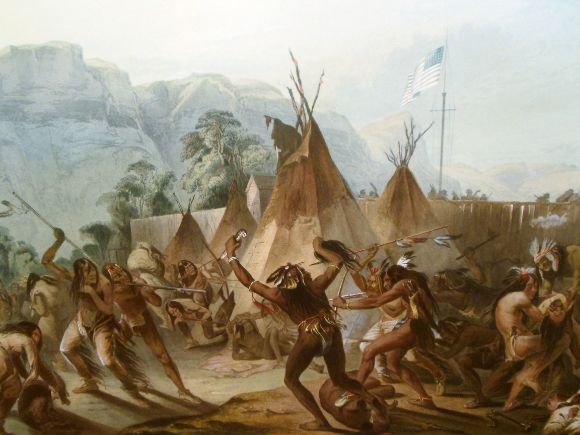
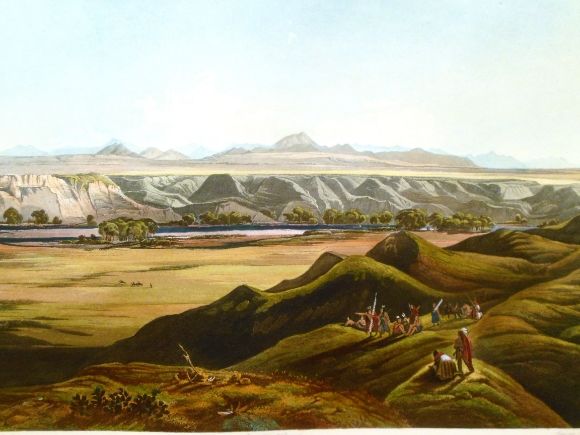
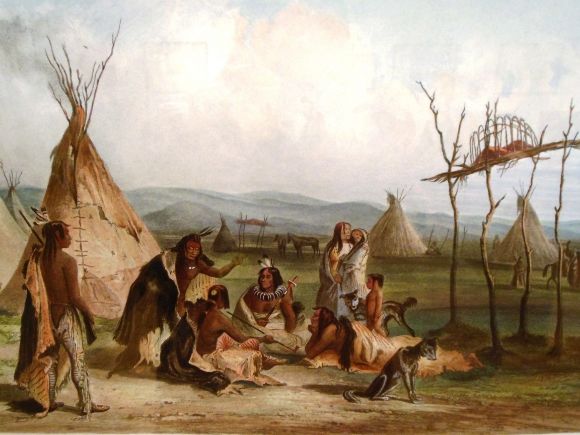
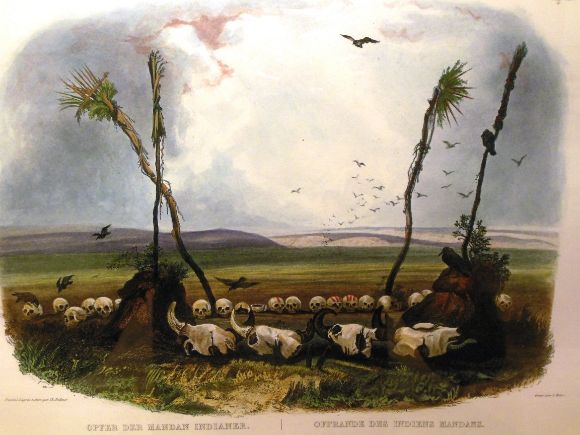
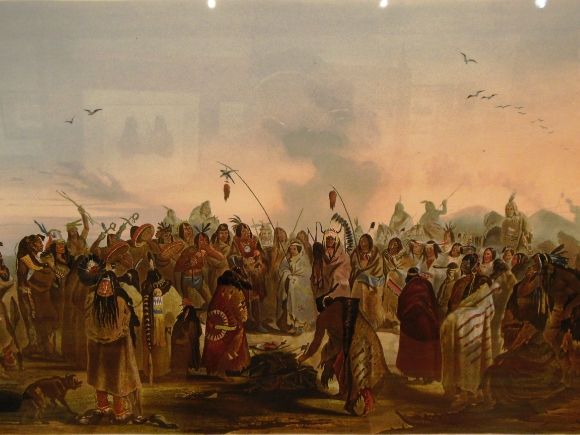
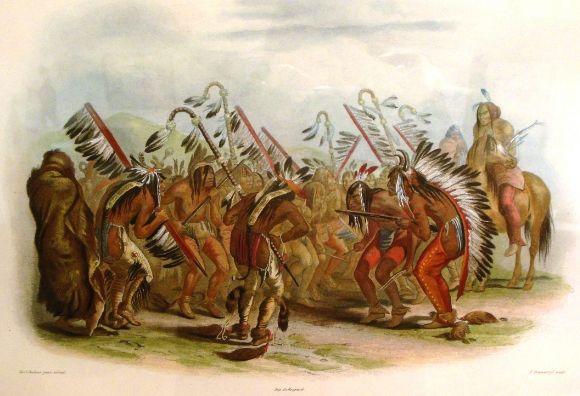
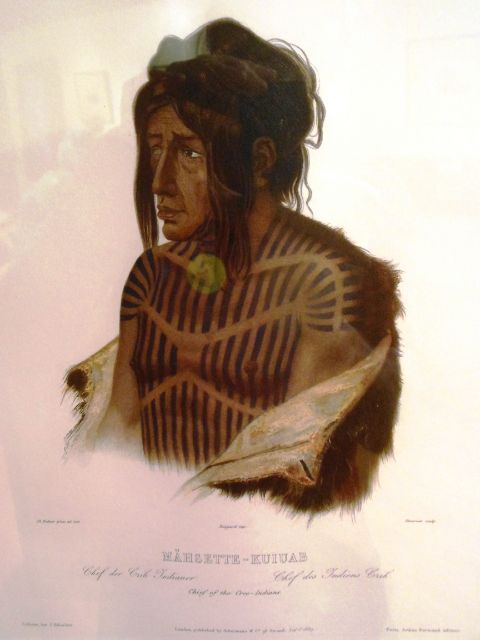
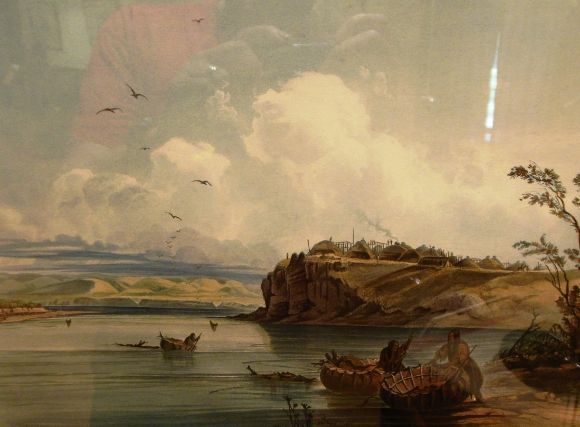
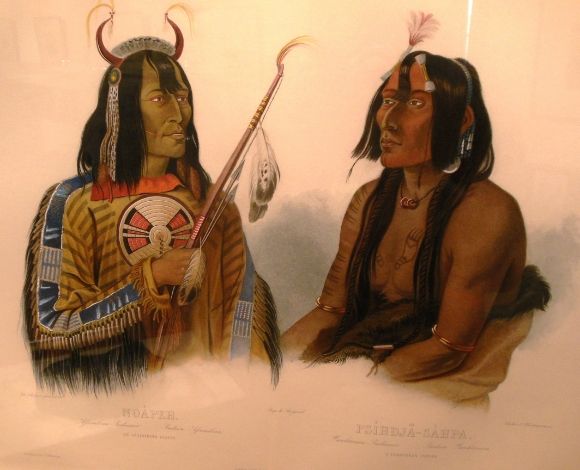
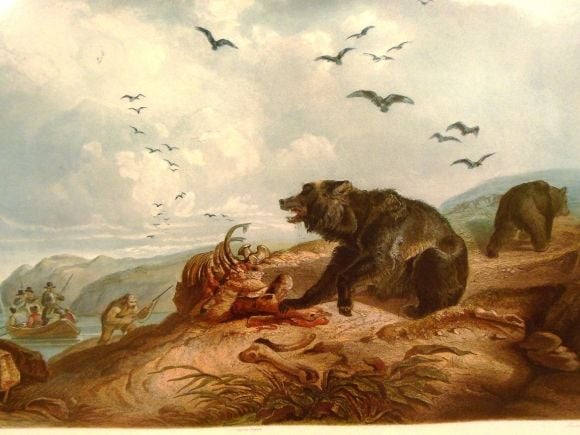
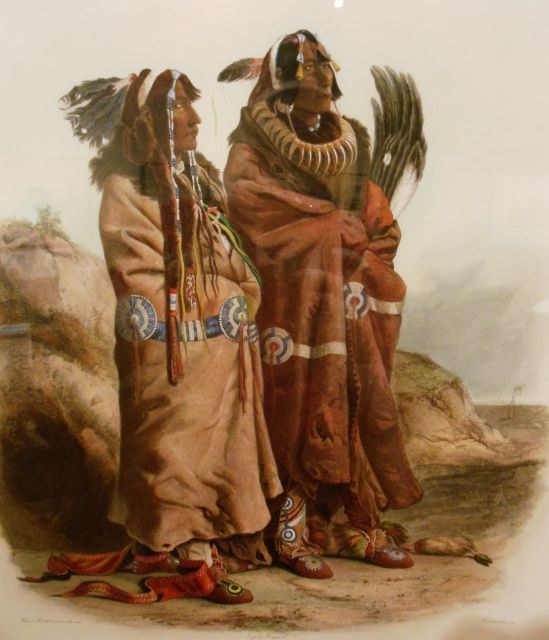

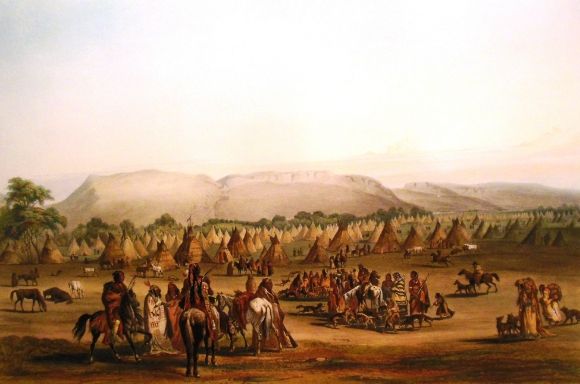
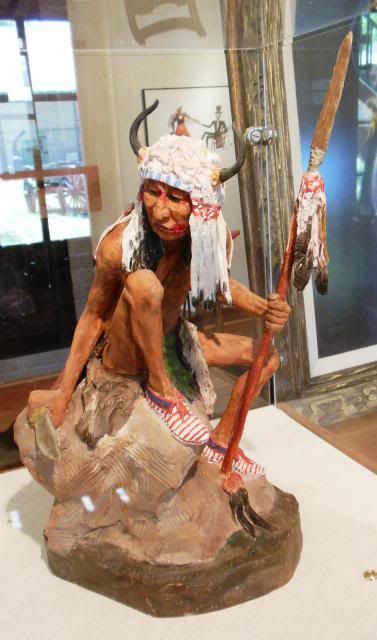
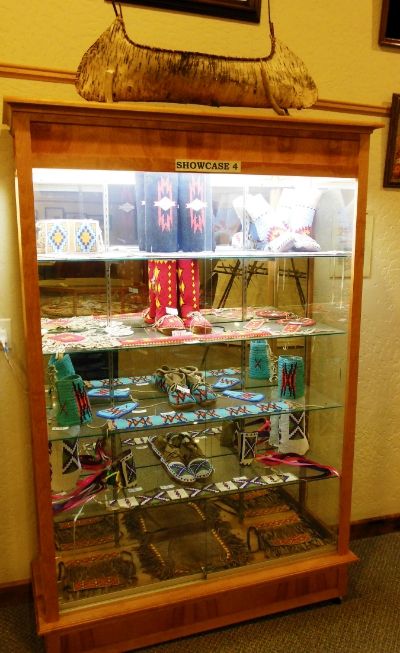
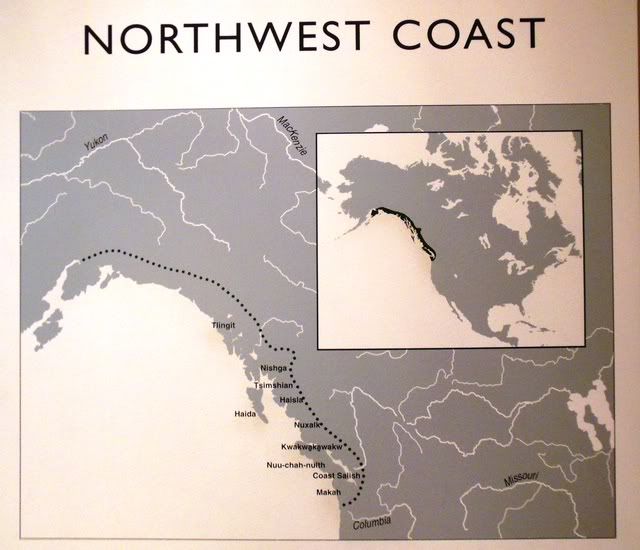
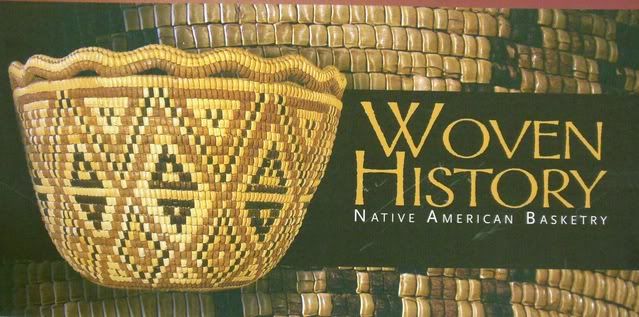
Leave a Reply